Today In The Robot Takeover: Disney Has Built A Remote-control Device That Can Climb Walls while Singapore




Today in the robot takeover: Disney has built a remote-control device that can climb walls while Singapore scientists created an eerie artificial being that can remember your past conversations (and may haunt your dreams.)
More Posts from Curiositytherover and Others

This is your closest look yet at a Kuiper Belt object

Solar Power Explorers
Video Explaining Orbital Mechanics

On 15 March 2009, when the space shuttle Discovery was about to launch into orbit, a wounded bat grabbed ahold of its fuel tank to become an officially recognised stowaway, despite safeguards that are supposed to keep such things from happening. He was a bat pioneer hell-bent on glory, or so we choose to believe.
So what exactly happened here? The story started on a mild Sunday evening at NASA’s Kennedy Space Centre, as crew members began prepping to launch the STS-119 mission. As the crew made their rounds checking for icy buildup on theDiscovery fuel tanks and whatnot, they were shocked to find a small free tail bat clinging to the tank’s foam insulation.
“Based on images and video, a wildlife expert who provides support to the centre said the small creature was a free tail bat that likely had a broken left wing and some problem with its right shoulder or wrist,” NASA explained. Unfortunately, it did not appear to be wearing a tiny spacesuit at the time.
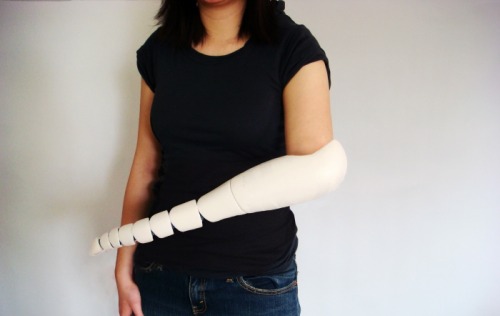
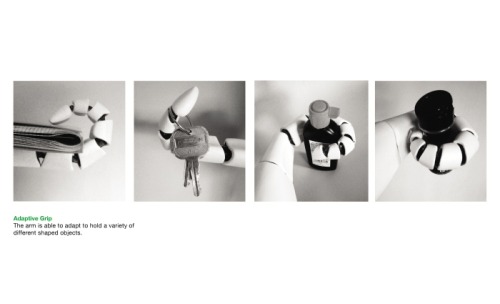
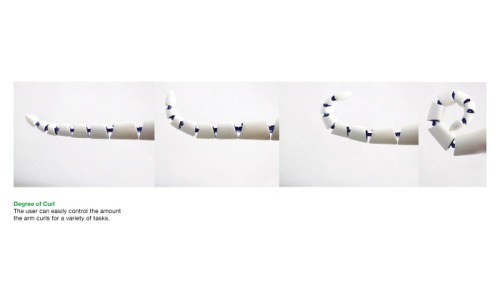

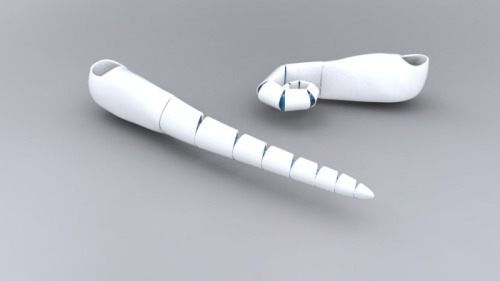

The remote-controlled robots that were sent into the site of the 2011 meltdown at the Fukushima Daiichi nuclear power plant in Japan have reportedly ‘died’, thanks to incredibly high amounts of leaked radiation destroying their wiring.
The robots - which take years to manufacture - were designed to swim through the underwater tunnels of the now-defunct cooling pools, and remove hundreds of extremely dangerous blobs of melted fuel rods. But it looks like that’s not going to happen any time soon.
In 2011, one of the most severe earthquakes in recorded history triggered a 10-metre-high tsunami that crashed into Japan’s Fukushima nuclear power plant, leading to several meltdowns that killed nearly 19,000 people and destroyed the homes and jobs of 160,000.
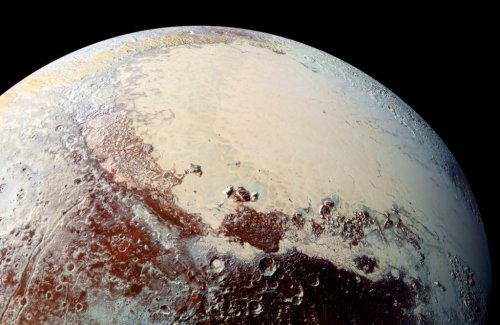
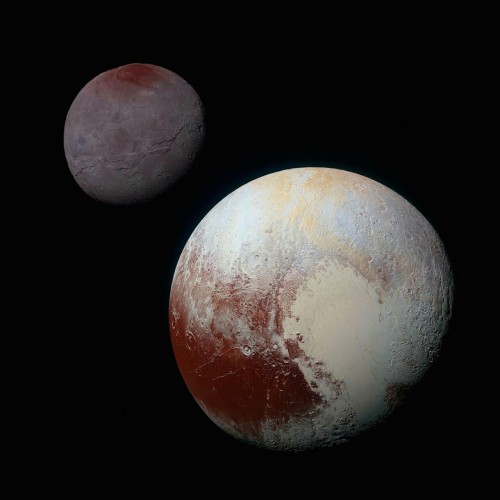
latest photos of Pluto and it’s moon.

Why the Brain Makes Mistakes
A study conducted at Carnegie Mellon University investigated the brain’s neural activity during learned behavior and found that the brain makes mistakes because it applies incorrect inner beliefs, or internal models, about how the world works. The research suggests that when the brain makes a mistake, it actually thinks that it is making the correct decision—its neural signals are consistent with its inner beliefs, but not with what is happening in the real world.
The research is in eLife. (full access paywall)

Staring at the sun does make you go blind. The lens in your eye concentrates the sun’s rays, which burn a permanent blind spot into your retina- just like ants under a magnifying glass. This effect is amplified during a solar eclipse.
It’s called solar retinopathy.
Source





How football relies on human evolution
Here are some insights about human evolution that will change the way you watch the Superbowl game. According to UC San Francisco evolutionary biologist Nathan Young, Ph.D., our species has evolved a specialized shoulder blade that can be used like a slingshot: storing energy in the windup, then rapidly releasing it in a powerful and precise fling.
And neuroscientist Philip Sabes, Ph.D. explains what is required of the brain in order to actually dominate the field.
-
 jadeeatsrainbows reblogged this · 5 years ago
jadeeatsrainbows reblogged this · 5 years ago -
 thebrowsingaccount liked this · 7 years ago
thebrowsingaccount liked this · 7 years ago -
 cypher-punk reblogged this · 8 years ago
cypher-punk reblogged this · 8 years ago -
 astraanimus-blog liked this · 8 years ago
astraanimus-blog liked this · 8 years ago -
 your-eyes-touch-me-physically reblogged this · 8 years ago
your-eyes-touch-me-physically reblogged this · 8 years ago -
 your-eyes-touch-me-physically liked this · 8 years ago
your-eyes-touch-me-physically liked this · 8 years ago -
 snyderman37 reblogged this · 8 years ago
snyderman37 reblogged this · 8 years ago -
 snyderman37 liked this · 8 years ago
snyderman37 liked this · 8 years ago -
 ladywillowgrey liked this · 8 years ago
ladywillowgrey liked this · 8 years ago -
 sphinxsmiles reblogged this · 8 years ago
sphinxsmiles reblogged this · 8 years ago -
 songofsunset liked this · 8 years ago
songofsunset liked this · 8 years ago -
 howdoyoufeelabouttheviolin liked this · 8 years ago
howdoyoufeelabouttheviolin liked this · 8 years ago -
 ahnduz liked this · 8 years ago
ahnduz liked this · 8 years ago -
 older-and-far-away reblogged this · 8 years ago
older-and-far-away reblogged this · 8 years ago -
 older-and-far-away liked this · 8 years ago
older-and-far-away liked this · 8 years ago -
 neogeogenesis reblogged this · 8 years ago
neogeogenesis reblogged this · 8 years ago -
 unicorns-are-better reblogged this · 8 years ago
unicorns-are-better reblogged this · 8 years ago -
 inactive-thecorgay reblogged this · 8 years ago
inactive-thecorgay reblogged this · 8 years ago -
 inactive-thecorgay reblogged this · 8 years ago
inactive-thecorgay reblogged this · 8 years ago -
 inactive-thecorgay liked this · 8 years ago
inactive-thecorgay liked this · 8 years ago -
 pajamaesthetic reblogged this · 8 years ago
pajamaesthetic reblogged this · 8 years ago -
 zetsubo-o reblogged this · 8 years ago
zetsubo-o reblogged this · 8 years ago -
 zetsubo-o liked this · 8 years ago
zetsubo-o liked this · 8 years ago -
 castleintheskye reblogged this · 8 years ago
castleintheskye reblogged this · 8 years ago -
 castleintheskye liked this · 8 years ago
castleintheskye liked this · 8 years ago -
 keroa liked this · 8 years ago
keroa liked this · 8 years ago -
 opinatus-papaver reblogged this · 8 years ago
opinatus-papaver reblogged this · 8 years ago -
 opinatus-papaver liked this · 8 years ago
opinatus-papaver liked this · 8 years ago -
 ifridiot liked this · 8 years ago
ifridiot liked this · 8 years ago -
 dixiedeadshake reblogged this · 8 years ago
dixiedeadshake reblogged this · 8 years ago -
 daftpuma reblogged this · 8 years ago
daftpuma reblogged this · 8 years ago -
 robotic-synergy-blog reblogged this · 8 years ago
robotic-synergy-blog reblogged this · 8 years ago -
 for-the-collection liked this · 9 years ago
for-the-collection liked this · 9 years ago -
 lonedonut88 reblogged this · 9 years ago
lonedonut88 reblogged this · 9 years ago -
 willow-tree-girl liked this · 9 years ago
willow-tree-girl liked this · 9 years ago